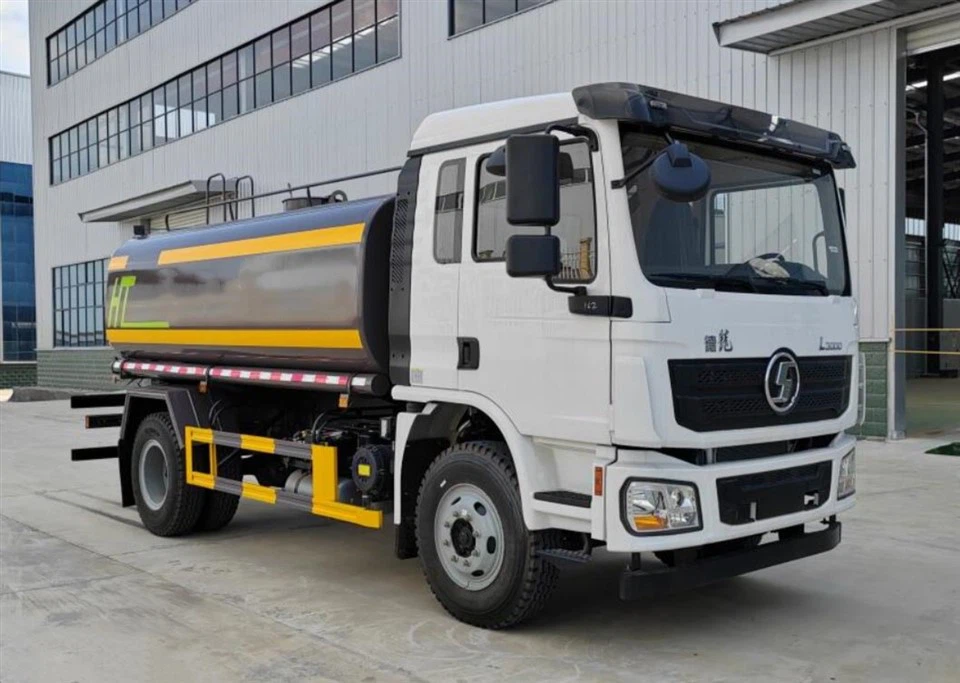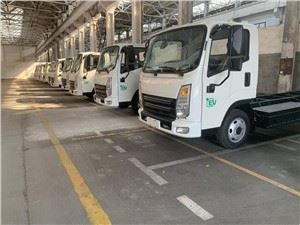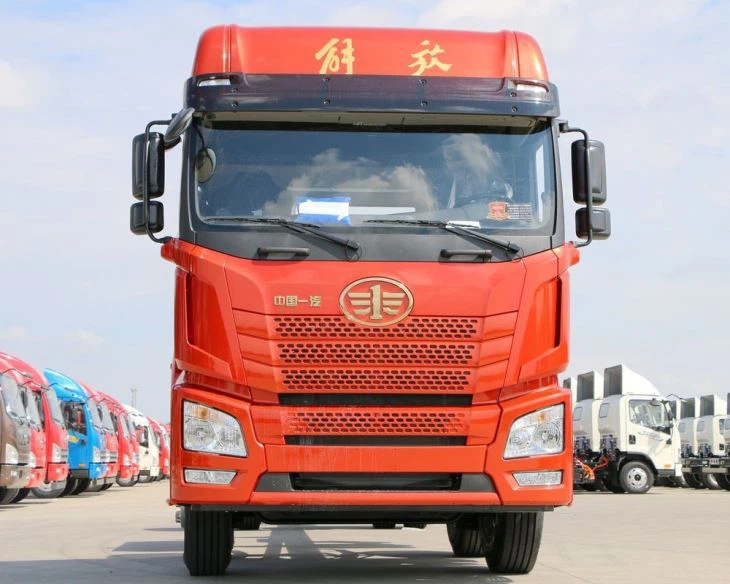Understanding Real Garbage Trucks: A Deep Dive into Waste Management Vehicles

Garbage trucks are an essential part of urban infrastructure, playing a vital role in maintaining clean streets and safeguarding public health. This article explores the various aspects of real garbage trucks, including their types, functionalities, operational mechanisms, and the latest innovations in waste management vehicles. Whether you are interested in the engineering behind these trucks or want to know how they contribute to recycling and waste reduction efforts, this guide provides a comprehensive overview.
1. The Importance of Garbage Trucks in Urban Infrastructure
Garbage trucks are crucial for managing waste in cities and towns. They ensure that refuse is collected efficiently, reducing potential health hazards from litter, pests, and pollution. Let’s take a closer look at their importance:
1.1 Public Health and Safety
By removing waste regularly, garbage trucks help prevent the spread of disease. Accumulated waste can attract rodents and insects, posing risks to public health.
1.2 Environmental Protection
Proper waste management through effective garbage collection helps reduce environmental pollution. Garbage trucks facilitate the efficient transportation of waste to disposal sites or recycling centers.
1.3 Enhanced Urban Aesthetics
Clean streets contribute to the beauty of urban environments. Garbage trucks ensure that neighborhoods remain tidy, which can enhance property values and community pride.
2. Types of Garbage Trucks
Understanding the different types of garbage trucks is essential for appreciating their functions and operations. Here are the primary categories:
2.1 Rear-Loading Garbage Trucks
Commonly seen in residential areas, rear-loading trucks have a hydraulic lift that allows workers to load waste from behind.
2.2 Front-Loading Garbage Trucks
These trucks have a loader arm at the front, making them suitable for commercial waste collection. They are typically used for businesses and larger establishments.
2.3 Side-Loading Garbage Trucks
Side-loaders are operated from the side and are often equipped with automated arms to collect waste. This type improves safety as operators do not need to leave the cab.

2.4 Automated Garbage Trucks
Automation is transforming garbage collection. These trucks use robotic systems to lift and empty bins, increasing efficiency and reducing labor costs.
3. How Garbage Trucks Operate
The operation of garbage trucks involves several systems and processes. Understanding how these vehicles work helps in recognizing their effectiveness.
3.1 The Collection Process
Garbage trucks follow pre-defined routes, systematically collecting waste. Drivers stop to allow operators or automated systems to pick up refuse.
3.2 Compaction Mechanism
Once collected, waste is compacted to maximize load capacity. Different models use varying compaction systems that influence efficiency and cleanliness.
| Type of Compaction System | Advantages | Disadvantages |
|---|---|---|
| Single Ram Compactor | Highly efficient and compresses waste effectively. | Can be more expensive to maintain. |
| Multi-Ram Compactor | Greater compaction with less strain on the vehicle. | More complex and potentially higher maintenance costs. |
3.3 Transportation to Landfills

After compaction, trucks transport the waste to landfills or recycling facilities. Efficient load management is critical for minimizing trips and reducing emissions.
4. Latest Innovations in Garbage Trucks
The waste management industry constantly evolves. Innovations enhance the efficiency and sustainability of garbage trucks.
4.1 Electric and Hybrid Garbage Trucks
As cities push for greener solutions, many waste management systems are investing in electric and hybrid garbage trucks. These vehicles produce less noise and lower emissions, making them ideal for urban environments.
4.2 Smart Garbage Trucks
Equipped with GPS and IoT technology, smart garbage trucks optimize routes in real-time, reducing operational costs and improving service delivery.
4.3 Advanced Recycling Features
Modern trucks often include compartments for recyclable materials or employ equipment that helps sort waste during collection. This promotes recycling and reduces landfill dependency.
5. Challenges in Garbage Truck Operations
While garbage trucks are essential, various challenges exist in their operation and management.
5.1 Budget Constraints
Many municipalities struggle with budget limitations, affecting the purchase of new vehicles and maintenance of existing fleets. Cost-effective strategies are necessary to maximize service without sacrificing quality.
5.2 Environmental Regulations

Adhering to evolving environmental regulations can be challenging. Garbage truck fleets frequently need upgrades to comply with emission standards.
5.3 Safety Concerns
The operation of garbage trucks presents safety challenges for drivers, operators, and pedestrians. Ensuring that proper safety protocols are followed is vital to minimize accidents and injuries.
6. Tips for Communities on Garbage Truck Awareness
Communities can play an active role in waste management by understanding and supporting garbage truck operations.
6.1 Promote Recycling Programs
Education about recycling can enhance the effectiveness of garbage trucks, promoting a reduction in waste. Local governments can initiate campaigns to encourage residents to recycle correctly.
6.2 Participation in Community Clean-Up Days
Organizing clean-up days in neighborhoods helps raise awareness about the importance of proper waste disposal and enhances community pride.
6.3 Collaborate with Waste Management Services
Engaging with local waste management services can provide residents with insights into the operation of garbage trucks and highlight the importance of their role in the community.
7. Real-life Examples of Effective Garbage Truck Operations
Across the globe, various communities showcase innovative and effective garbage truck operations that improve waste management.
7.1 Example: Seattle’s Automated Garbage Collection
Seattle implemented an automated garbage collection system that increased efficiency and reduced emissions. By using automated side-loaders, the city reduced the number of personnel required for waste collection, leading to cost savings.
7.2 Example: San Francisco’s Zero Waste Program
San Francisco has pioneered a Zero Waste program that emphasizes recycling and composting. This initiative uses smart garbage trucks that track waste and optimize routes for efficiency.
8. Frequently Asked Questions (FAQs)
8.1 What are the main types of garbage trucks?
The main types include rear-loading, front-loading, side-loading, and automated garbage trucks.
8.2 How do garbage trucks contribute to recycling efforts?
Many garbage trucks are equipped with features that allow them to collect recyclables separately, promoting effective recycling practices in communities.
8.3 What innovations are being used in modern garbage trucks?
Innovations include electric and hybrid models, smart technology for optimizing routes, and advanced recycling features.
8.4 How do safety regulations impact garbage truck operations?
Safety regulations ensure that garbage trucks operate with minimal risk to the public and employees, influencing vehicle design and operational protocols.
8.5 Can communities influence garbage collection practices?
Yes, community engagement and education can lead to better recycling practices and support for effective waste management policies.
8.6 What are the environmental impacts of garbage trucks?
Garbage trucks contribute to greenhouse gas emissions, but advancements like electric vehicles aim to reduce this impact significantly.
